Stefan Klassen
Advisor: Eduard Epp
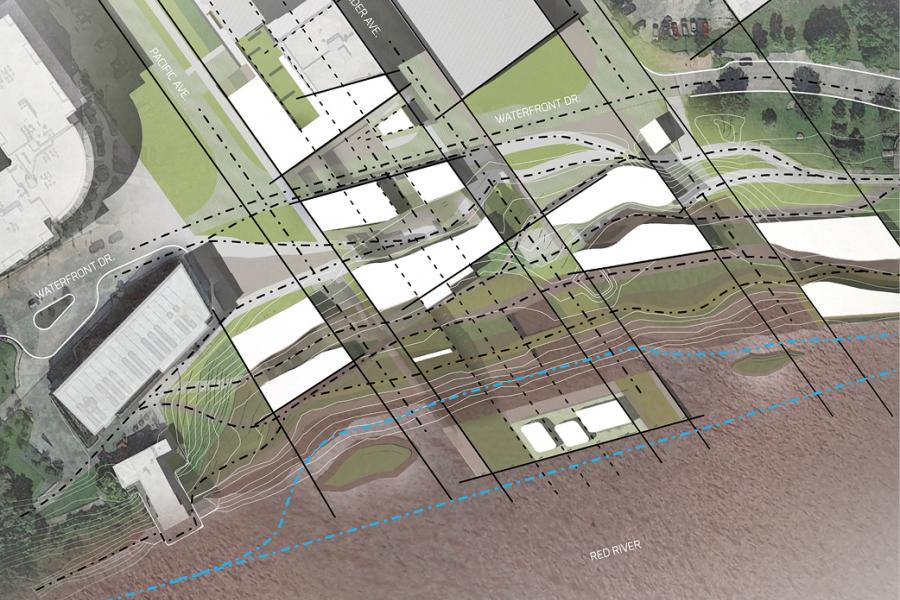
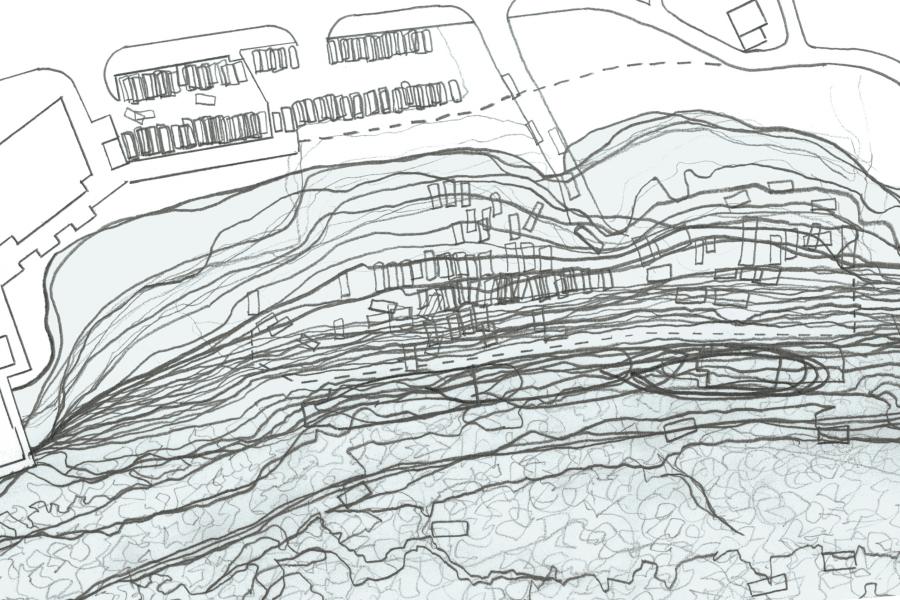
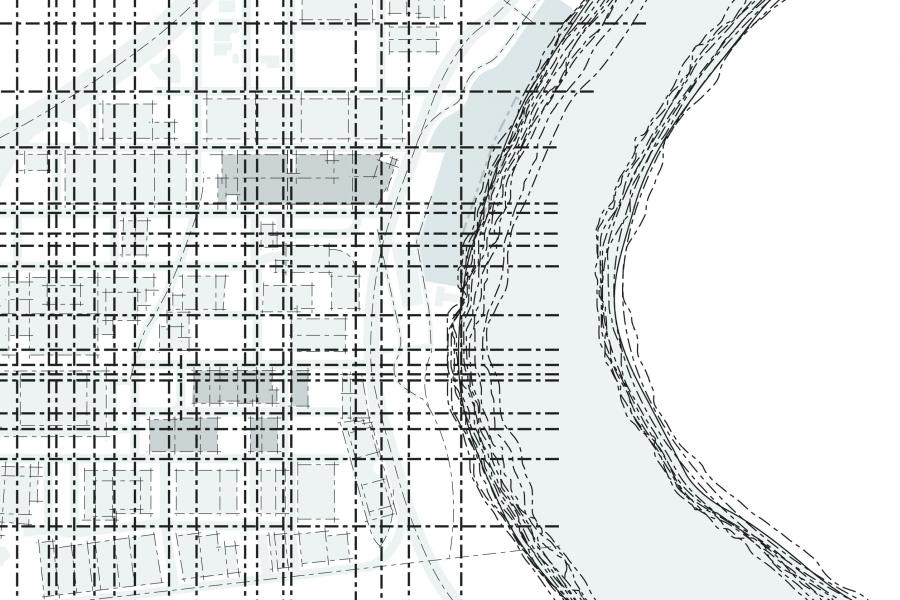
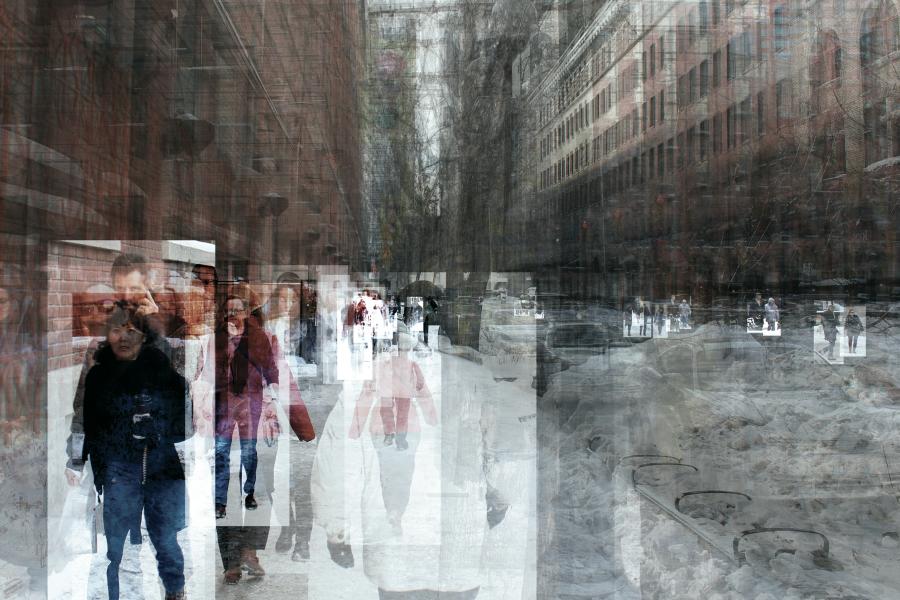
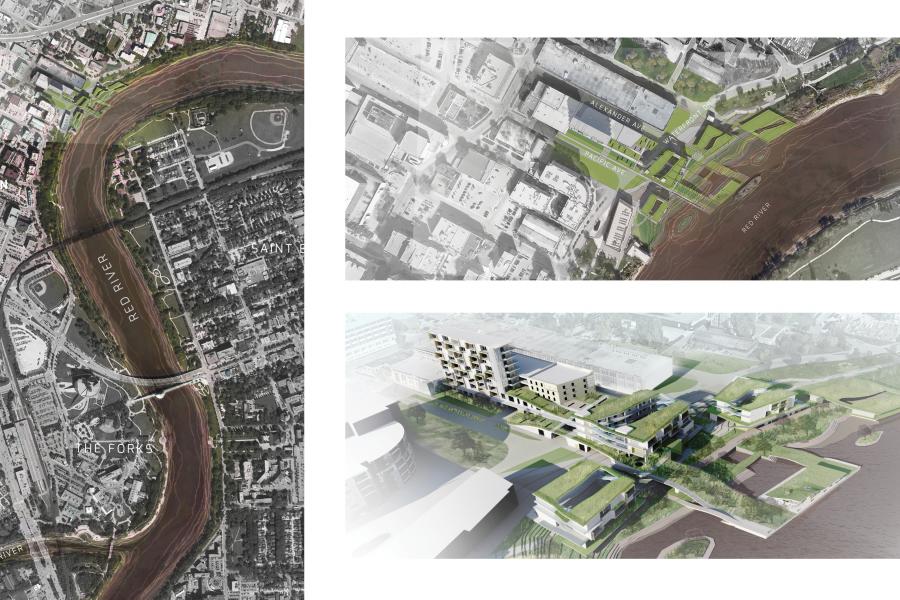
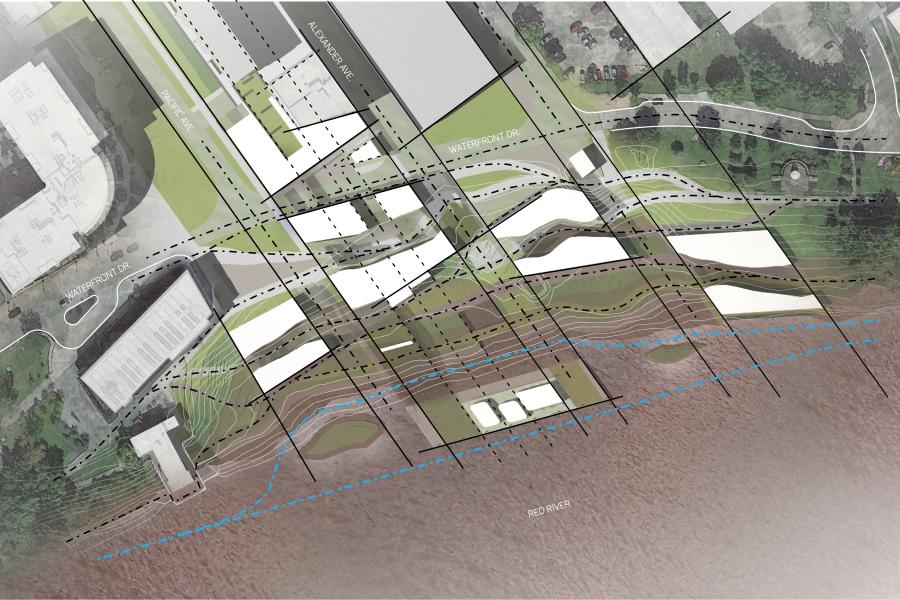
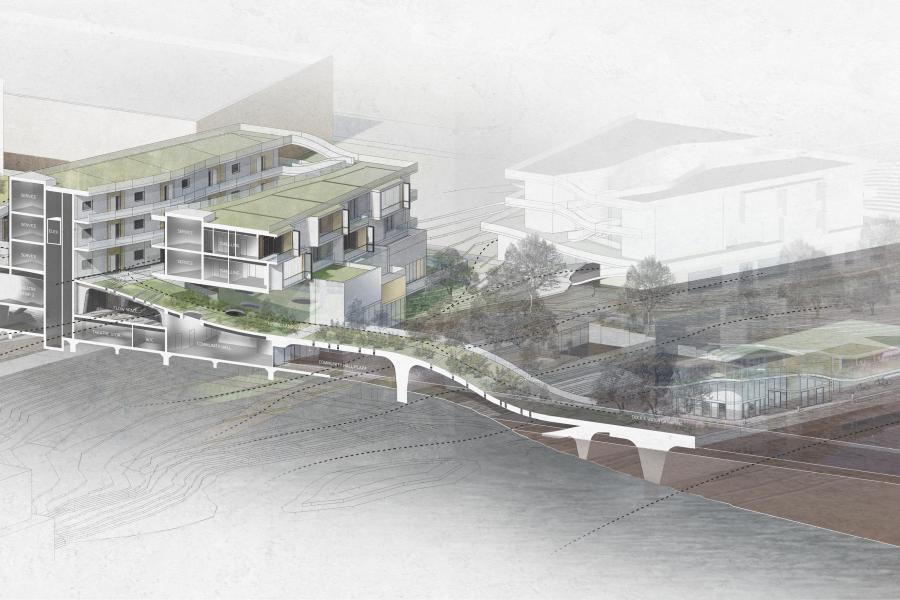

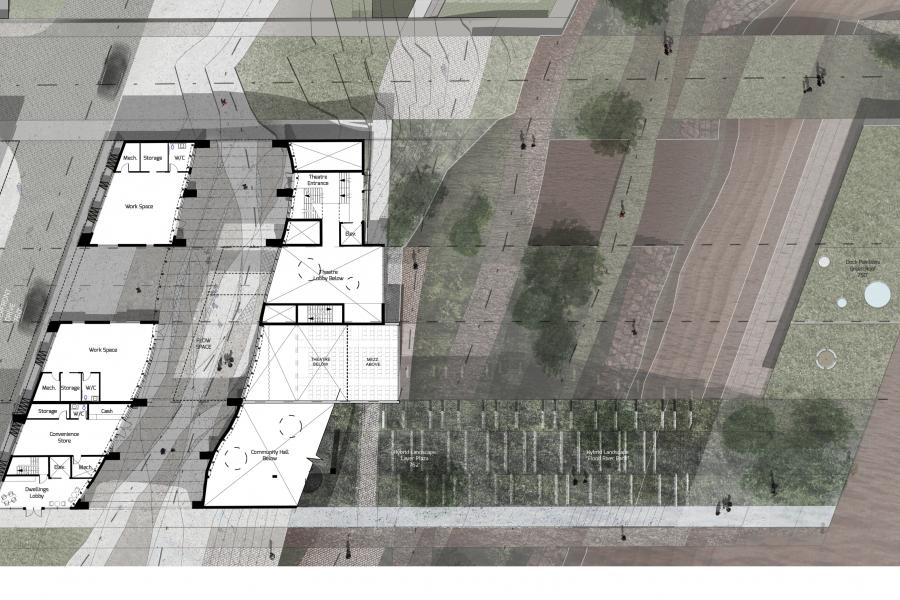
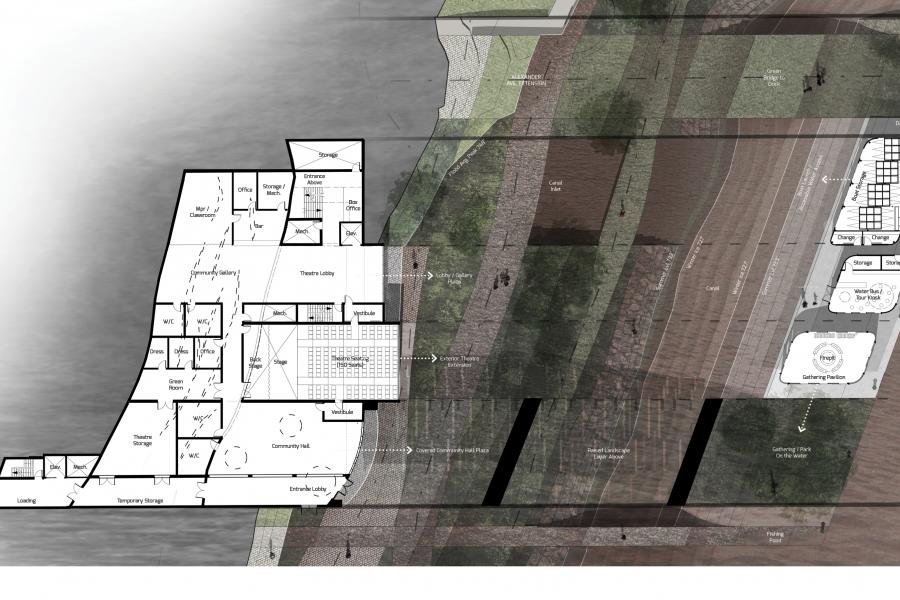
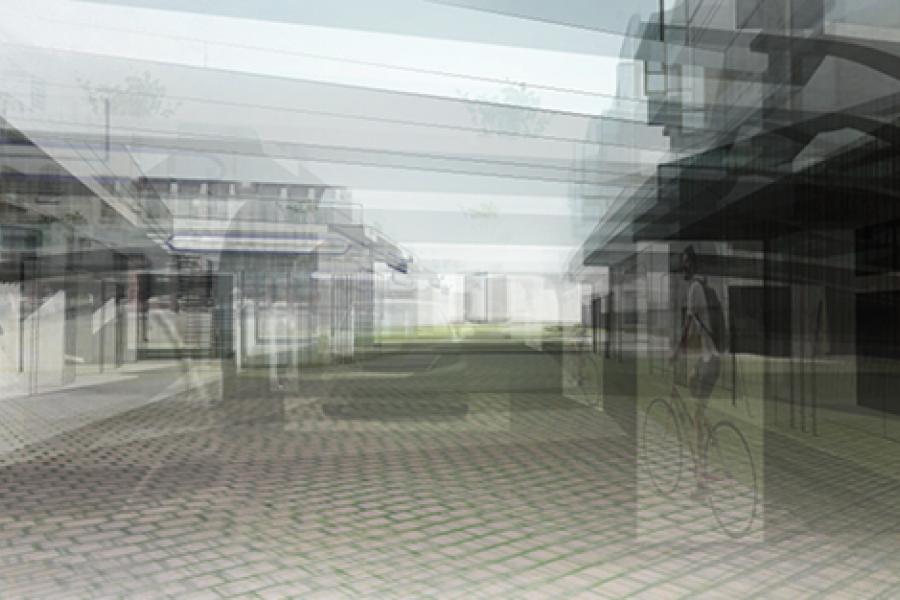
Blended Affordances: Inhabitation at the Intersection of Natural and Built Environments
Affordances are opportunities for action within the environment and they are central to the process of perception in which embodied experiences are created (1). We perceive these opportunities for action with our body and senses, we engage these opportunities, and we embody the sensory experience. Embodied experiences enhance our capacity to engage the world by priming our perception and allowing novel affordances and stimuli to become noticeable – our environmental awareness is enriched (2).
The most important environmental affordance to our perception is the opportunity for motion. Our perception is dependent on the flow from one sensory space to the next over time (3).
The flows of inhabitation within the persistent structure of the built environment initiate habitual engagement. The natural environment affords intense freedom of motion, unmediated action, and contains dynamic phenomenal flows which create strong sensory zones. Both can facilitate the perceptive process in which embodied experience is formed (4), but they are often perceived separately.
This thesis project explores the development of an interface in which built and natural environments can be experienced simultaneously through various afforded flows of engagement and motion.
“Go… to the Waterfront,” a 20-year proposal for increased inhabitation at Winnipeg’s rivers contains many parallel intentions (5) and serves as a framework for site investigation, selection, and programmatic considerations. This project is located between the city and river at the site of the Alexander Docks which intrinsically suggests an interface between built and natural environment.
Situated within the built structure of the urban environment and the fluid structures of the river, the architecture of this interface seeks to create a platform for inhabitation and a context for engagement in which the dynamic conditions of the river can be embodied as part of habitual lived experience.
(1) – Malcolm McCullough, Ambient Commons: Attention in the Age of Embodied Information (Cambridge, MA: MIT Press, 2015), 69-89.
(2) – Ibid., 69-80, 83-86.
(3) – Philip Thiel, People, Paths, and Purposes: Notations for a Participatory Envirotecture (Seattle: University of Washington Press, 1997), 31-33.
(4) McCullough, Ambient Commons, 82-85, 91-108.
(5) Go... to the Waterfront: Waterfront Winnipeg... a 20 Year Vision Draft, (Winnipeg: The Forks & City of Winnipeg, 2014), 2-25.
